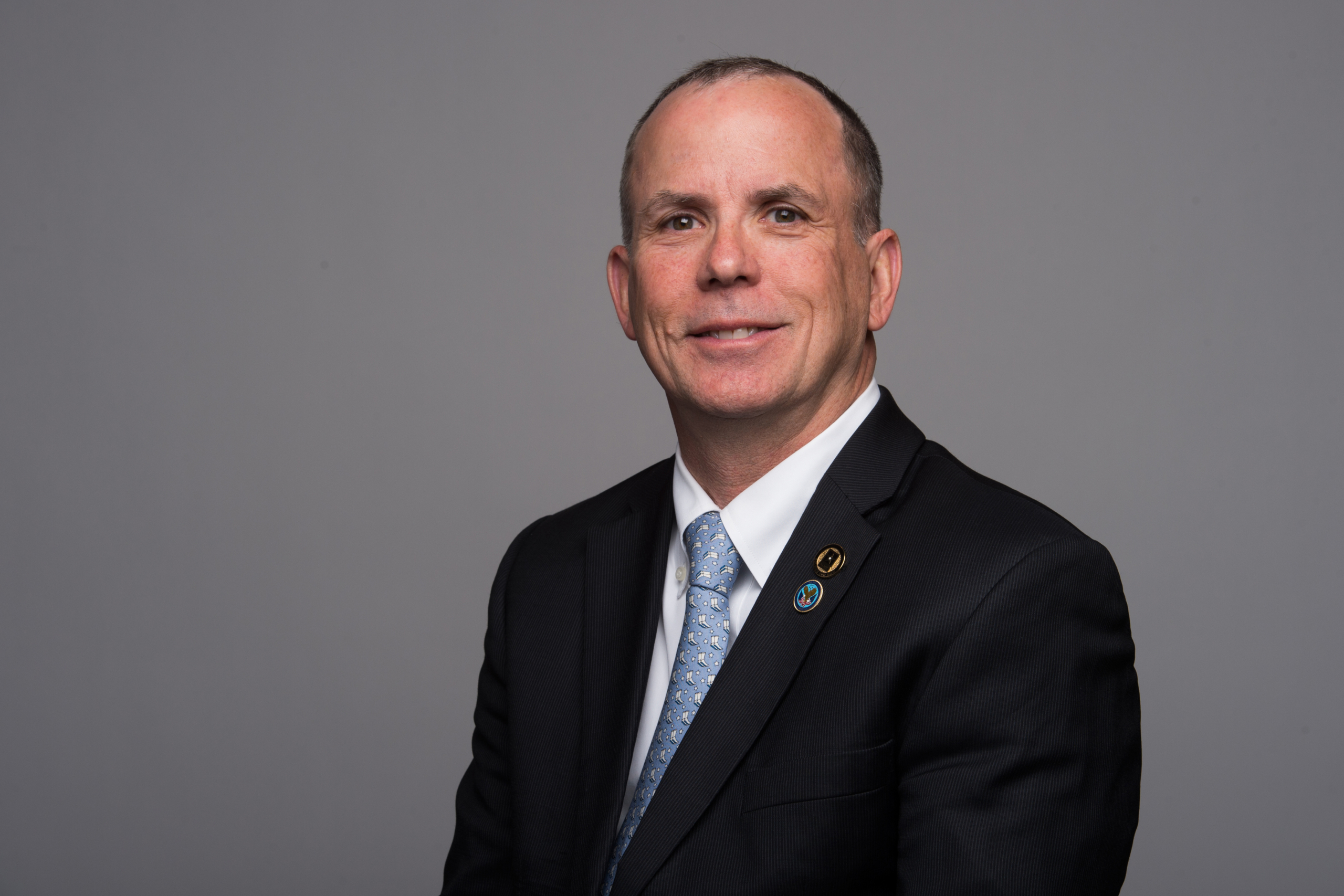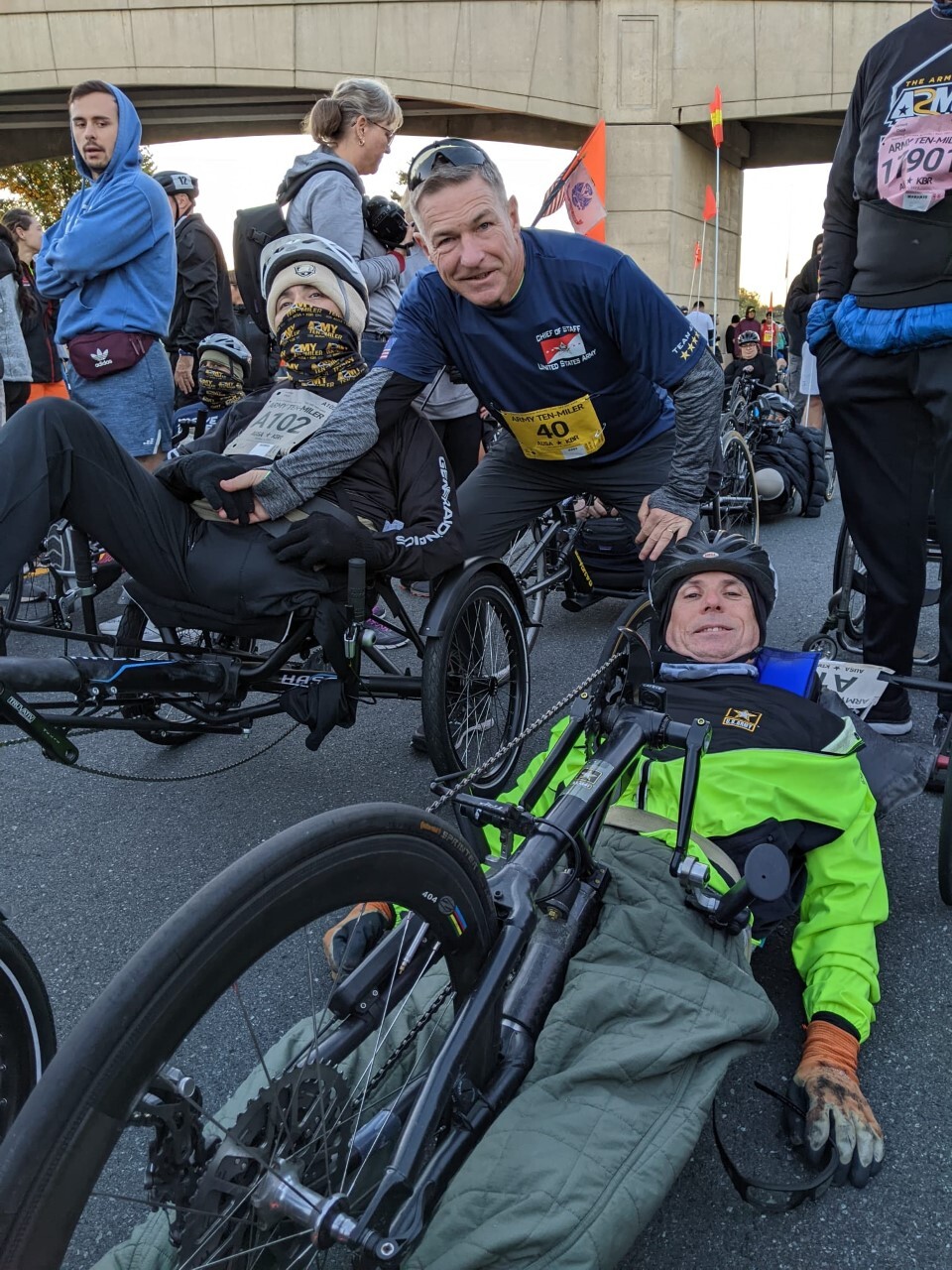
Last updated on August 4th, 2024 at 05:38 pm
Rory Cooper, Ph.D., is a Paralympian, Army veteran, world-renowned inventor and engineer, and disability advocate. In 1994, he founded the Human Engineering Research Laboratories (HERL), a collaboration with the University of Pittsburgh and the U.S. Department of Veterans Affairs (VA) Office of Research and Development. HERL has advanced engineering and clinical research for mobility impairments around the world.
Dr. Cooper and HERL’s work empowers people with disabilities through innovative technology. While talking with NIH MedlinePlus Magazine, Dr. Cooper told us about his contributions and why accessibility matters to those with mobility challenges.
What is the purpose of HERL? How does the lab give back to those with disabilities?
Everything we do is meant to give back to and improve the lives of people with disabilities. The whole purpose of HERL is to advance engineering and clinical research for their rehabilitation and community living. We give back through the technologies we create, the results we generate, and educational materials and programs. We work to change policies and practices for resources such as Medicare or for VA coverage. Most importantly, we’ve trained people with disabilities or people who have family members with disabilities who are passionate about our mission. We’ve used their knowledge to improve both products and health care.
I thought it would be unique and effective to create a lab or center where different academic disciplines worked together as a team on a shared mission and maybe make a greater impact.
The creation of HERL, the people that we’ve trained, and the lives of the people with disabilities that we’ve positively influenced are my proudest contributions. We’ve done several things that have made a significant impact, including creating the first powered wheelchair that is entirely submersible to make water parks more accessible. We also created a more useful computer mouse for people who use prosthetic hook end-effectors. We’ve contributed to several global wheelchair design standards.
[Thanks to HERL’s work,] millions of people have independent mobility again.
I started HERL because I also have a disability. When I started doing wheelchair sports [after leaving the Army], specifically basketball in college, I saw a lot of the challenges that people with various disabilities were facing. I knew there was a potential for technology to help improve mobility and function.
What inspired you to try adaptive sports? Can you describe your experience as a Paralympian?
I became involved in the Paralympics because of running. I started running in the fifth grade, I think, and I enjoyed the sport. I wasn’t quite sure that I would make the Olympics, although when I joined the Army and started running, I became faster. If I hadn’t been injured [during my Army service in 1980], I may have had an opportunity. After taking up adaptive sports, I fell in love with wheelchair racing, hand cycling, and swimming. I focused on wheelchair racing because of the technical and athletic aspects. There was a growing interest in wheelchair racing among people with disabilities at the time, so there was a lot of innovation and competition.
My experience as a Paralympian was awesome. I first competed in 1988, and I was very fortunate to be in the first Paralympics that used the same facilities and venues in Seoul, South Korea, as the Olympic athletes. That was amazing. Asia is a continent that really embraces the Paralympics, and they’ve always done a wonderful job. And for that, I’m fortunate. I’ve since been a coach and an organizer or member of several committees for Paralympic teams.
One of the greatest experiences was making connections. I made friends through training and competing in the Paralympics, even from teams of other countries. They’re still friends of mine all these years later. It wasn’t just a once-in-a-lifetime experience—it turned out to be a lifelong experience.
What current research or innovations is HERL working on?
We’re excited that we have several projects related to robots. We have robotic manipulators (similar to arms) for mobility and for improving independence to perform daily tasks such as making meals, cleaning up, and eating. And we’re developing a robotic wheelchair for crossing over uneven surfaces. The lab is also working on new prosthetics and new systems to help prevent or reduce the risk of pressure injuries and other seating-related disabilities. We have about 50 ongoing projects.
Have there been any significant challenges that have affected your research?
There were very few avenues to support this kind of research when we got started. There wasn’t a lot of recognition for people with disabilities and older adults who have various impairments. Fortunately, there are more [avenues] now, more opportunities for supporting research and development. There’s still a shortage of people with disabilities in the workforce, especially in science, technology, engineering, and medicine. But at least it’s being recognized.

Dr. Rory Cooper, bottom, at the start of the 2022 Army Ten-Miler Race in Washington, DC.
Are there any areas of accessibility engineering that still need work?
Yes, because there are just so many challenges that people with disabilities face. It’s sort of like eating an elephant: You have to take it one bite at a time. I’m optimistic that there are more people who want to work in the field to keep making a difference. We’ve made a lot of progress, and we have much more progress to make. It’s also important to know that the nature of disabilities is changing. There’s still a lot of work to do with changing the physical, virtual, and social environment for impairments.
How do you ensure that these technologies are inclusive to various disabilities? Is it difficult to be inclusive?
We try to be inclusive from an educational perspective. But from a research perspective, we focus more on mobility and functional impairments. The scope of disability is so broad that I don’t think it’s possible for a single group to address all aspects of it.
How will artificial intelligence (AI) impact bioengineering and biomedical engineering in the future?
We already use AI to some extent, and we’re heavily invested in robotics. We’ve used AI for machine learning and to understand consumer needs. We use it to develop virtual coaching systems to help people better understand their behaviors. This can help them take part more in their own health care. AI and machine learning are going to be used more over time. That will help make the world more inclusive for people with disabilities.
Watch: Rory Cooper, Ph.D., on the NIH Director’s Wednesday Afternoon Lecture Series
As part of this annual lecture series hosted by the NIH Office of Intramural Research, Dr. Cooper talked about how HERL’s ideas often come from users and clinicians and why it’s important to include and recruit people with disabilities in technology research and development. The lecture took place January 11, 2023.
